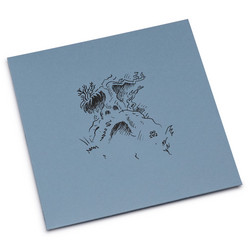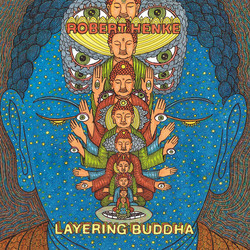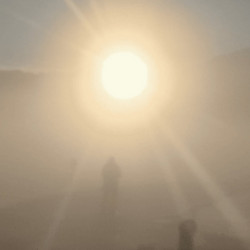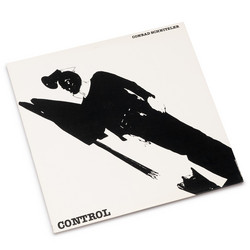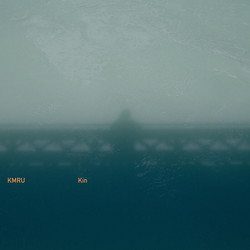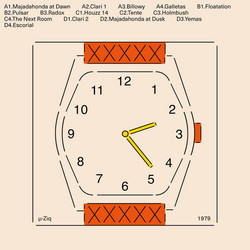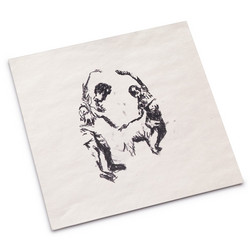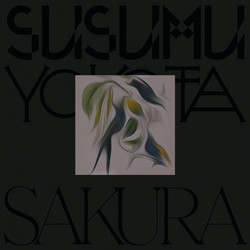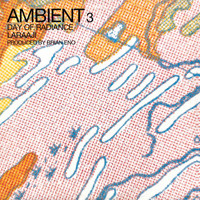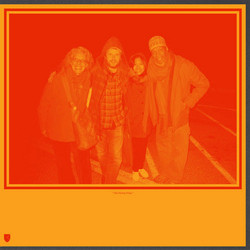Laraaji
Segue To Infinity (4LP Box + Book)
Numero Group are thrilled to announce Segue To Infinity, a 4-LP boxed set containing the earliest-known recordings by new age visionary and sound artist, Laraaji, out February 10th. A multi-instrumentalist, mystic, and laughter meditation practitioner, Laraaji arguably remains the most respected and popular of all legacy musicians to return to prominence in the new age music revival of the past 15 years. With recordings collected from the late 1970s–before he was famously discovered by Brian Eno–alongside never-before-seen photos of a young Laraaji and liner notes by legendary Living Colour guitarist Vernon Reid and Numero Group A&R, Douglas Mcgowan (Hearing Music, I Am The Center), Segue To Infinity is the most impressive and remarkable collection of Laraaji’s early work to date.
Beginning with Celestial Vibration, Laraaji’s 1978 debut and the only album he recorded under his birth name, Edward Larry Gordon, Segue To Infinity goes on to showcase three full discs of previously-unreleased, trance-inducing tracks from the same time period. Recorded during or shortly after the sessions for Celestial Vibration, these six side-length tracks were entirely forgotten about until just a few years ago when the acetates were discovered in a storage locker, sold at auction, purchased by a reseller at a flea market, and then ultimately listed on eBay in mid-2021. That’s when Jake Fischer–a college student with a self-described “record collecting habit”–saw the listing, made the Laraaji connection, and purchased the four miraculously unworn acetate discs (packaged in their original box postmarked January 25, 1983) for $114.01.
Laraaji was prolific during this time, recording at least a dozen cassette albums in the period between Celestial Vibration in 1978 and Rhythm ‘N’ Bliss in 1982. On nearly all these tapes, the artist is credited as “Laraaji Venus.” The six sides presented here, credited to Edward Larry Gordon, make their first appearance with this release.
Segue To Infinity’s title track, a duet with flutist Richard Cooper, is intimately understated, melodic, thoughtful, and mysterious. The three takes entitled “Kalimba” represent a dogged pursuit of beauty and bliss, each more ecstatic than the last, while the most cinematic of the newly discovered tracks, “Koto,” is adventurous and arcane, incorporating kalimba, open zither, prepared zither, bell chime percussion, and repurposed koto. “Ocean” and “Segue To Infinity,” both performed on the zither, are the two recordings presented here most similar to those on Celestial Vibration. Taking full advantage of the studio environment, Gordon added delay and reverb to enhance the wash to great effect.
